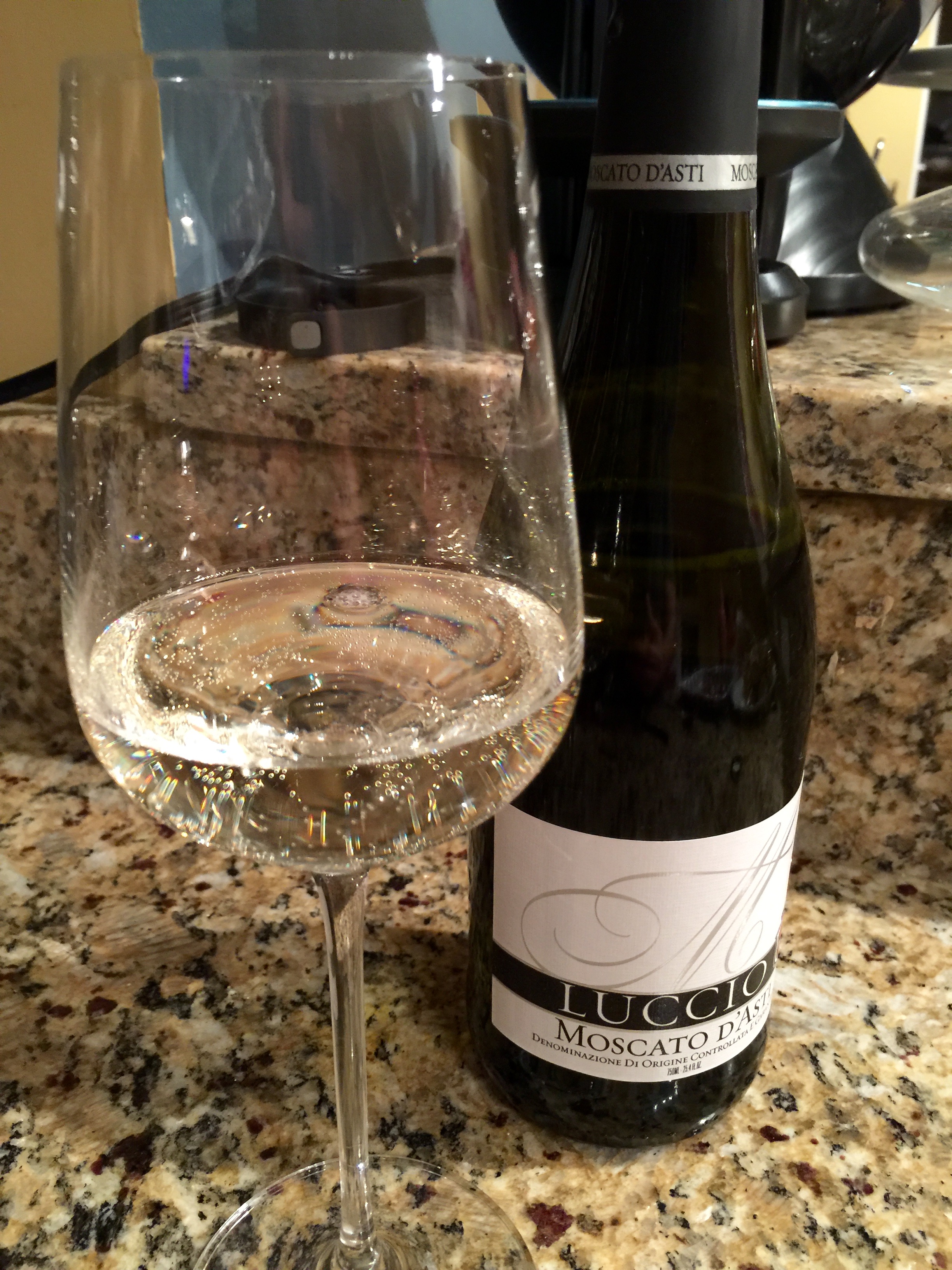

In Italy, there is the Italian word ‘mosca’ that means fly. Similarly, in Greek, Muscat is translated as ‘moskos’ meaning a sweet-smelling aroma, Latin ‘muscus’ (moss), and French ‘musc’ (an intense smell). The most common one suggests that Muscat derives from the Persian word ‘muchk’. The origins of Muscat are challenging to pinpoint, as there are several theories about the origins of the Muscat name. Undoubtedly, therefore, the wine has been named after the Muscat grapes used to produce it. Moscato d’Asti translates into sweet (wine) from Asti. Moscato Grapes What Does Moscato d’Asti Mean? Long sunny conditions are vital for successful ripening and beautiful Moscato d’Asti color. The acidity levels drop as color pigments form. At the same time, during véraison, the grapes swell and fill with water, increasing their flavor concentration. It is wonderful to behold the transformation from translucent to gold.
#Dasti moscato wine skin#
During véraison, therefore, the grapes begin to ripen, while, at the same time, the skin of the grapes change color. Until berry ripening, which is a period winegrowers call véraison, the grapes are thick to the touch. The Muscat Blanc à Petits Grains vine produces small bunches of thin-skinned fruit with a greenish-golden hue.

In the Italian vernacular, Moscato d’Asti is considered frizzante (minimum pressure of 1 atmosphere), while Asti Spumante is spumante (minimum pressure of 4 atmospheres). The difference between the two Muscato-based bubbles is the strength of the sparkle. That is a drier sparkling with an alcohol concentration of 9% ABV. On top of that, Moscato d’Asti displays pronounced floral fragrances and notes of stone fruit and grape juice, as well as a creamy finish with lingering passion fruit sensations.Įxcept for Moscato d’Asti there is also Asti Spumante. The Moscato d’Asti characteristics concentrate around a gentle fizziness and a subtle, pleasant semi-sweetness. Wines labeled as Canelli must contain 100% Moscato Bianco. This town is still important to Moscato today, as it is the center of the Moscato d’Asti production zone and home to numerous notable wineries. Moscato Bianco was recorded for the first time in the 13th Century in the town of Canelli. The main grape variety used in Moscato d’Asti is the Moscato Bianco (Muscat Blanc à Petits Grains), which has been native to Piedmont for centuries. Moscato d’Asti is one of the most famous wines of Italy. The wine, as implied by its name, is made from Muscat grapes cultivated in Asti. Moscato d’Asti is a sweet sparkling wine with low alcohol levels from Piedmont (Piemonte) in northwestern Italy.


 0 kommentar(er)
0 kommentar(er)
